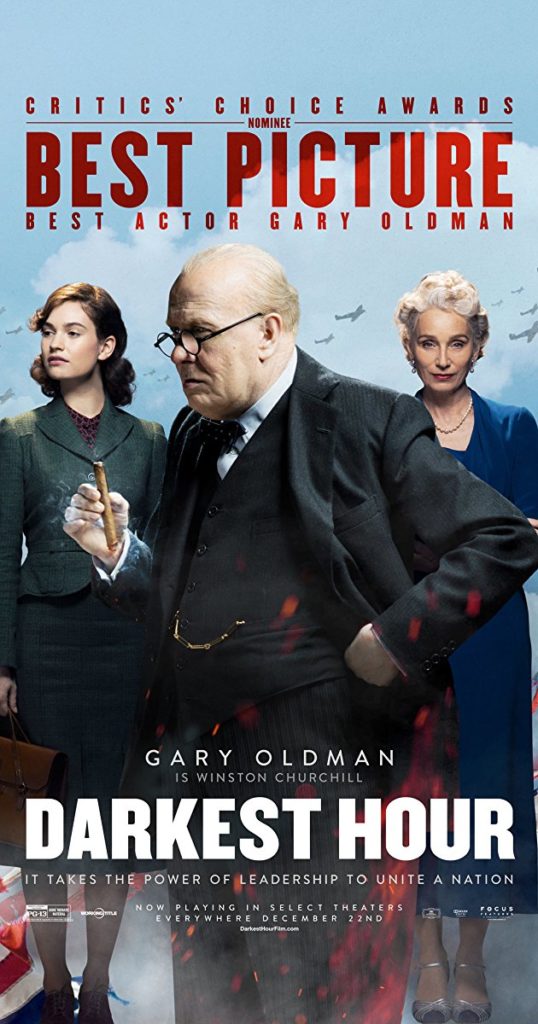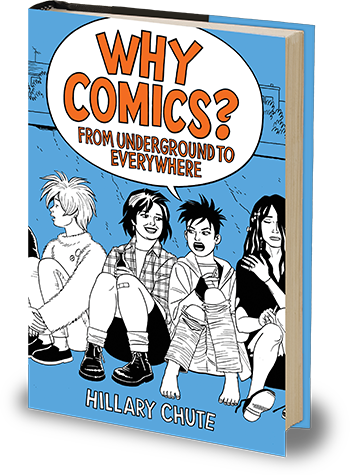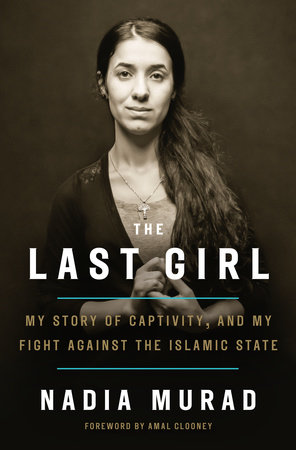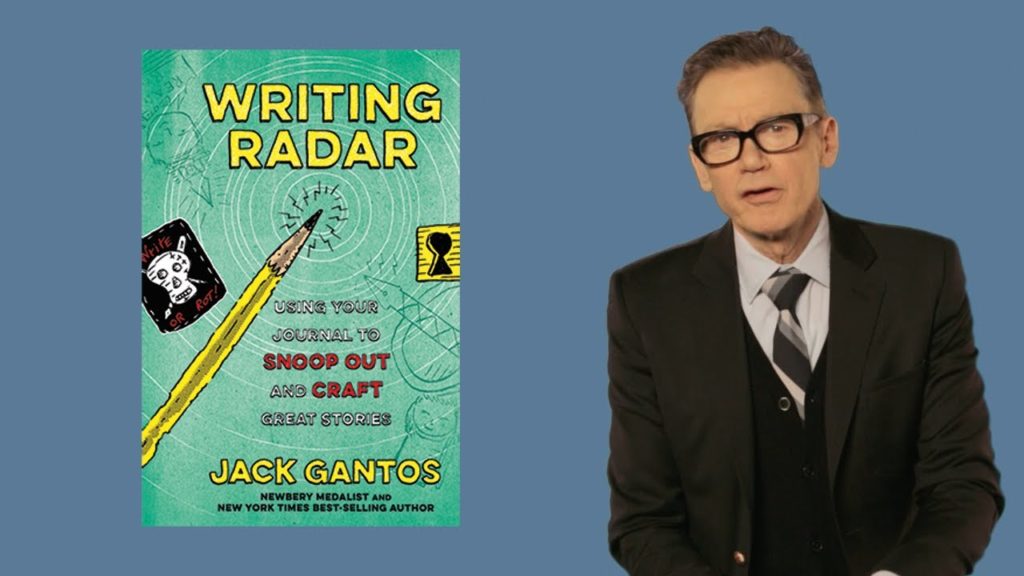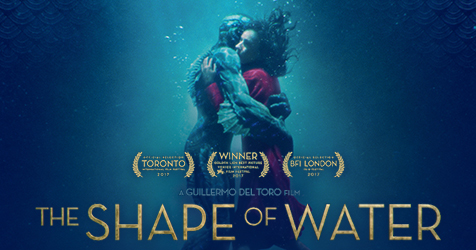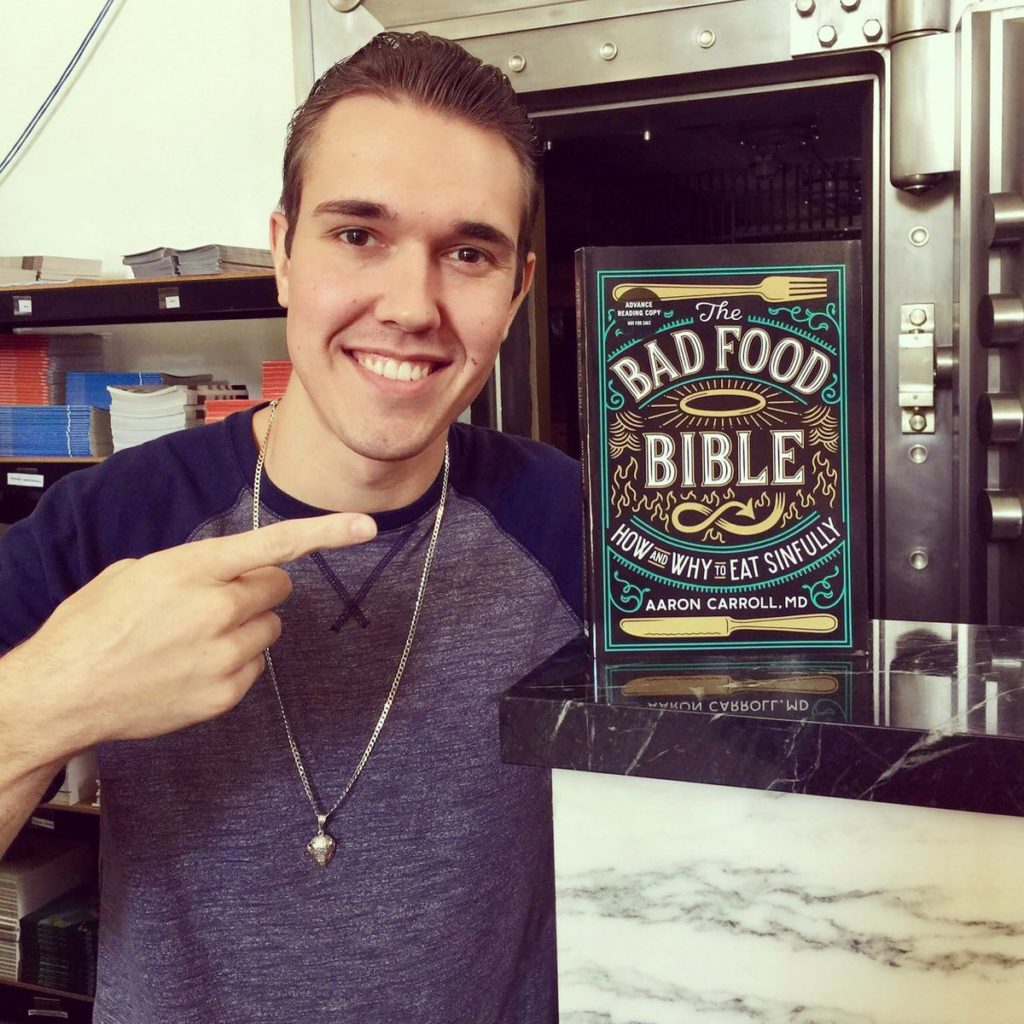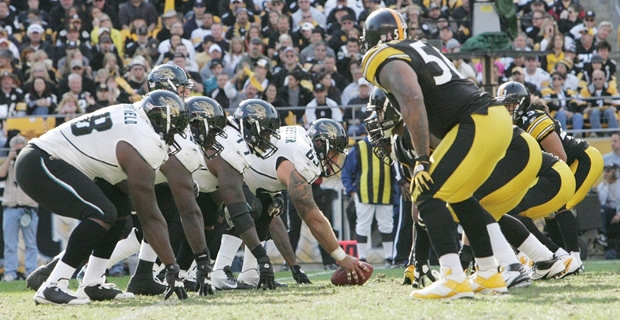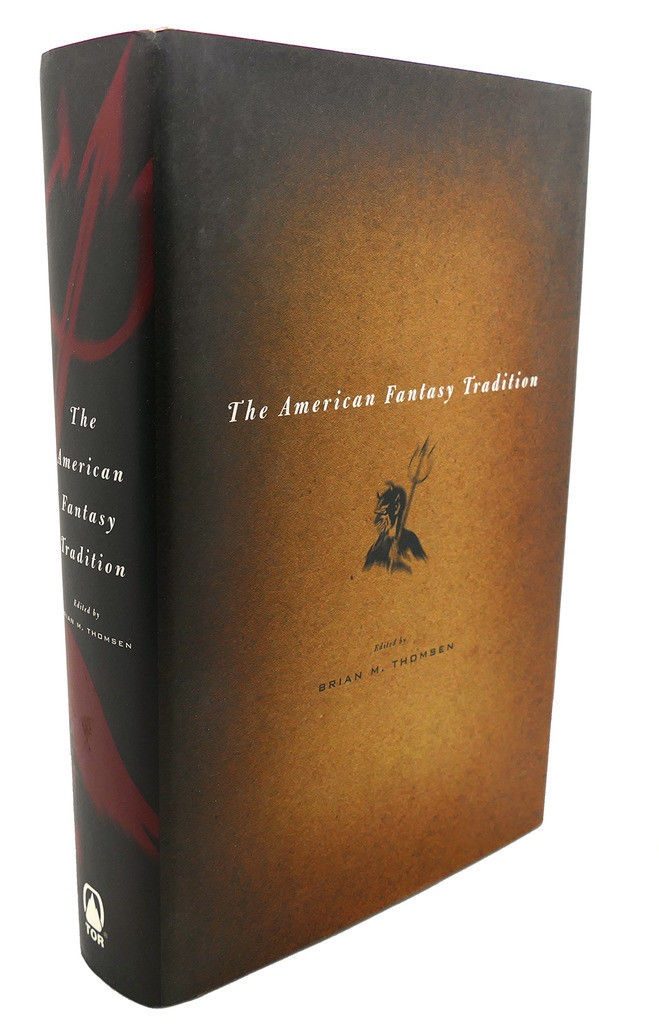
Back in 2002, TOR Books published this Big Fat volume of American Fantasy stories. I completely missed it. But John O’Neill of BLACK GATE reviewed The American Fantasy Tradition here and I immediately picked up a copy. Over 600 pages of wonderful stories! Yes, you could quibble about including Shirley Jackson’s “The Lottery” which has been reprinted countless times. The same for Washington Irving’s “Rip Van Winkle” and Henry James’s “The Jolly Corner.” But Brian Thomsen does include plenty of contemporary fantasy stories like Manly Wade Wellman’s “The Valley Was Still” and L. Frank Baum’s “The Enchanted Buffalo.” There’s a lot of value between these covers! Inexpensive copies can be found online. Highly recommended! GRADE: A
TABLE OF CONTENTS:
this changed everything, poem by Gerald Blair
Foreword by Brian M. Thomsen
Introduction: An Approach to an American Fantasy Tradition, by Brian M. Thomsen
“Rip Van Winkle” by Washington Irving (The Sketch Book of Geoffrey Crayon, Gent, June 23, 1819)
“Feathertop: A Moralized Legend,” by Nathaniel Hawthorne (The International Magazine, February and March 1852)
“Uncle Remus,” (excerpts) by Joel Chandler Harris (1880)
“The Saga of Pecos Bill,” by Edward O’Reilly (Century Magazine, October, 1923)
“Rosy’s Journey,” by Louisa May Alcott (1886)
“The Yellow Sign,” by Robert W. Chambers (The King in Yellow, 1895)
“The Shadow Over Innsmouth,” by H. P. Lovecraft (1936)
“O Ugly Bird!,” by Manly Wade Wellman (The Magazine of Fantasy and Science Fiction, December 1951)
“The Fool,” by David Drake (Whispers VI, July 1987)
“Narrow Valley,” by R. A. Lafferty (The Magazine of Fantasy and Science Fiction, September 1966)
“Jackalope,” by Alan Dean Foster (The Magazine of Fantasy & Science Fiction, April 1989)
“The Lottery,” by Shirley Jackson (The New Yorker, June 26, 1948)
“Children of the Corn,” by Stephen King (Penthouse, March 1977)
“Buffalo Gals, Won’t You Come Out Tonight,” by Ursula K. Le Guin (The Magazine of Fantasy & Science Fiction, November 1987)
“The Jolly Corner,” by Henry James (The English Review, December 1908)
“A Ghost Story,” by Mark Twain (Mark Twain’s Sketches, New and Old, 1875)
“The Other Lodgers,” by Ambrose Bierce (Cosmopolitan, August 1907)
“Ma’ame Pelagie,” by Kate Chopin (1893)
“The Devil and Daniel Webster,” by Stephen Vincent Benét (The Saturday Evening Post, October 24, 1936)
“The Valley Was Still,” by Manly Wade Wellman (Weird Tales, August 1939)
“The Howling Man,” by Charles Beaumont (Rogue, November 1959)
“Twenty-Three,” by Avram Davidson (Asimov’s Science Fiction, July 1995)
“We Are the Dead,” by Henry Kuttner (Weird Tales, April 1937)
“Where the Summer Ends,” by Karl Edward Wagner (Dark Forces, August 1980)
“Shoeless Joe Jackson Comes to Iowa,” by W. P. Kinsella (Shoeless Joe Jackson Comes to Iowa, 1980)
“Hatrack River,” by Orson Scott Card (Isaac Asimov’s Science Fiction Magazine, August 1986)
“The Hero of the Night,” by Bradley Denton (The Magazine of Fantasy & Science Fiction, January 1988)
“The Whimper of Whipped Dogs,” by Harlan Ellison (Bad Moon Rising, April 1973)
“The Griffin and the Minor Canon,” by Frank R. Stockton (1885)
“The Enchanted Buffalo,” by L. Frank Baum (The Delineator, May 1905)
“The Yellow Wallpaper,” by Charlotte Perkins Gilman (New England Magazine, January 1892)
“The Moving Finger,” by Edith Wharton (Harper’s, March 1901)
“Slow Sculpture,” by Theodore Sturgeon (Galaxy Magazine, February 1970)
“The Coin Collector,” by Jack Finney (The Saturday Evening Post, January 30, 1960)
“Prey,” by Richard Matheson (Playboy, April 1969)
“The Geezenstacks,” by Fredric Brown (Weird Tales, September 1943)
“Paladin of the Lost Hour,” by Harlan Ellison (Universe 15, August 1985)
“The Black Ferris,” by Ray Bradbury (Weird Tales, May 1948)
“Bed & Breakfast,” by Gene Wolfe (Dante’s Disciples, February 1996)
“Dead Run,” by Greg Bear (Omni, April 1985)
“Her Pilgrim Soul,” by Alan Brennert (Her Pilgrim Soul and Other Stories, December 1990)
“Mrs. Todd’s Shortcut,” by Stephen King (Redbook, May 1984)
“Among the Handlers or, The Mark 16 Hands-On Assembly of Jesus Risen, Formerly Snake-O-Rama,” by Michael Bishop (Dante’s Disciples, February 1996)
Select Critical Bibliography, by Brian M. Thomsen
